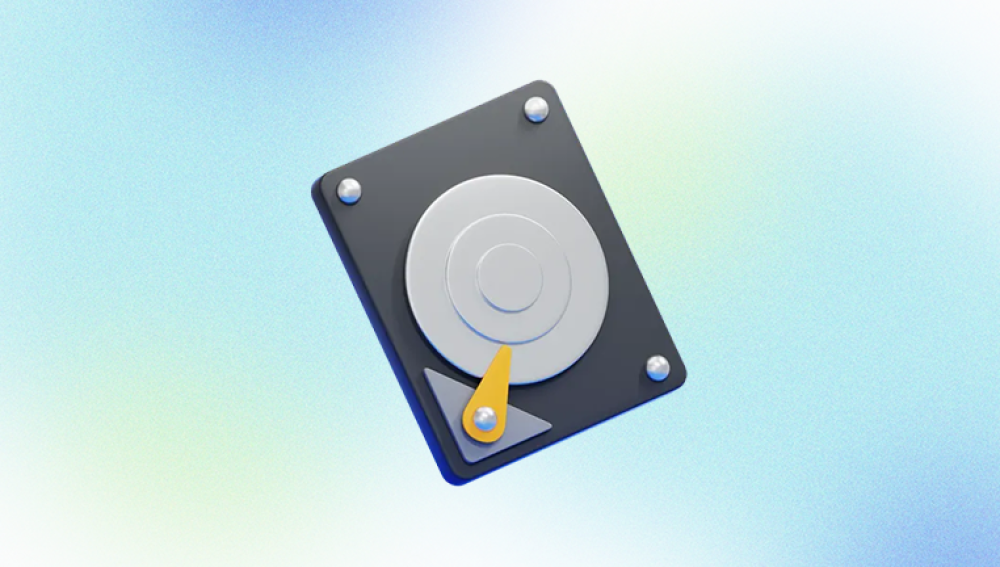Water damage is one of the most devastating forms of harm that can occur to electronic storage devices. Whether it’s from accidental spills, flooding, humidity exposure, or natural disasters, moisture infiltration can disrupt circuits, corrode connections, and render hard drives, solid-state drives, and other storage media inoperable. For individuals and businesses alike, the loss of critical data due to water damage can be emotionally and financially catastrophic. Fortunately, professional water damage data recovery services provide a lifeline in these situations.
Water and electronics have an inherently antagonistic relationship. When water penetrates a device, it can cause immediate short-circuiting if the device is powered on. Even if powered off, residual moisture can lead to corrosion over time. Furthermore, contaminants in water such as minerals, salts, and chemicals increase the conductivity of the liquid, exacerbating the damage.

There are three main categories of water that can affect storage devices:
Clean Water: Typically from sources like broken water pipes or rainwater. It poses the least threat initially but can still lead to damage if left untreated.
Gray Water: Water from sources like washing machines or dishwashers. This type contains contaminants and can be more damaging.
Black Water: Highly contaminated water, such as sewage or floodwater. It contains dangerous microbes and chemicals and is the most destructive.
Understanding the category of water involved helps determine the level of hazard and the appropriate recovery strategy.
Immediate Actions After Water Exposure
Time is critical when dealing with water-damaged storage media. The first step is to power off the device immediately if it was on during exposure. Do not attempt to dry or clean the device with household appliances such as hair dryers, as heat can further damage internal components. Instead, follow these steps:
Disconnect the device from any power source.
Remove any connected components such as USB drives, memory cards, or cables.
Avoid shaking or tilting the device, which could cause water to spread internally.
Place the device in a dry, static-free environment.
Do not attempt to power it on again until it has been professionally evaluated.
For hard drives, it’s essential not to open the casing, as exposure to air can contaminate the platters, further compromising data recovery chances.
Types of Devices Commonly Affected by Water Damage
Water damage can impact various types of storage devices, each with unique challenges in the recovery process:
Hard Disk Drives (HDDs): Mechanical devices with spinning platters. They are highly susceptible to corrosion and platter damage.
Solid State Drives (SSDs): Although they have no moving parts, SSDs can still suffer from controller damage and short-circuiting.
USB Flash Drives: Compact and portable, but easily compromised by water exposure.
Memory Cards: Common in cameras and mobile devices; can be recovered if not electrically fried.
Mobile Phones and Tablets: Often exposed to water due to accidents. Recovery focuses on both storage and overall functionality.
Professional Water Damage Recovery Process
Recovering data from a water-damaged device is a delicate process that should be handled by trained professionals in a cleanroom environment. The recovery typically involves the following steps:
Initial Assessment: The device is examined to determine the extent of water damage and the likelihood of data recovery.
Drying and Cleaning: Devices are carefully dried using industrial desiccants and ultrasonic cleaning methods to remove contaminants.
Component Repair: Damaged parts such as circuit boards, connectors, or chips may be repaired or replaced.
Imaging the Storage Media: If possible, a raw image of the data is created to work from a safe copy rather than the original device.
Data Extraction and Reconstruction: Specialized software tools are used to extract and reconstruct the data from the image.
Quality Assurance and Delivery: Recovered data is verified for integrity and then securely delivered to the customer.
Challenges in Water Damage Recovery
Not all water damage scenarios are equal, and several factors influence the success rate of recovery:
Duration of Exposure: The longer a device remains wet, the more extensive the damage.
Type of Water: Contaminated water increases the likelihood of corrosion and data loss.
Device Type and Condition: Older or already damaged devices may be harder to recover.
User Actions Post-Damage: Attempting to power on a wet device can cause irreversible damage.
Despite these challenges, advances in recovery technology continue to improve success rates.
Preventive Measures to Minimize Water Damage Risks
While accidents happen, several measures can be taken to reduce the risk of water-related data loss:
Use Waterproof Enclosures: Especially in environments prone to moisture or for portable devices.
Store Devices Above Ground: Avoid keeping electronics on the floor where they are more vulnerable during flooding.
Invest in Backup Solutions: Regularly back up important data to cloud storage or external drives.
Avoid Using Electronics Near Water: Keep laptops, phones, and drives away from sinks, bathtubs, and pools.
Install Environmental Controls: Use humidity sensors and leak detectors in server rooms or data centers.
Water Damage in Business and Enterprise Environments
For businesses, water damage can interrupt operations, compromise customer data, and result in financial penalties. Enterprise-level recovery often involves:
Large-Scale Assessments: Evaluating multiple devices or servers affected by an incident.
Data Prioritization: Recovering the most critical files first, such as databases or client records.
Compliance and Security: Ensuring recovered data meets regulatory standards for privacy and integrity.
Business Continuity Planning: Integrating lessons from recovery into improved disaster preparedness strategies.
Professional data recovery services also offer consultation to help businesses develop robust data protection plans.
Why Choose Professional Recovery Services?
Attempting DIY recovery from water damage is risky and can permanently destroy data. Professional recovery services offer:
Expertise: Technicians trained in handling delicate storage media.
Tools and Environment: Access to cleanrooms, ultrasonic cleaners, and advanced software.
Data Security: Confidential handling of sensitive information.
High Success Rates: Proven methodologies and experience with thousands of recovery cases.
The Role of Drecov Data Recovery
Drecov Data Recovery specializes in handling complex water damage data recovery cases. With a dedicated team of engineers, cleanroom facilities, and state-of-the-art technology, Panda ensures the highest possible success rates. Their services include:
Free evaluation of water-damaged devices
Transparent pricing with a "No Data, No Fee" guarantee
Secure handling of all client data
Support for a wide range of devices and brands
From personal USB drives to enterprise-grade servers, Drecov Data Recovery is equipped to handle any scale of data loss due to water damage.
Customer Success Stories
Panda has helped countless individuals and companies recover data from seemingly hopeless situations. For example:
A wedding photographer whose external drive was soaked during a storm recovered priceless client photos.
A small business owner salvaged accounting data from a laptop submerged in a flood.
A university researcher regained access to critical research files after a lab spill affected their SSD.
Each recovery is handled with care, urgency, and professionalism.
Water damage doesn’t have to mean permanent data loss. With the right expertise and immediate action, many devices can be salvaged and data recovered. Drecov Data Recovery stands out as a trusted partner in navigating these emergencies, providing hope when data seems lost. The key lies in acting quickly, avoiding risky DIY fixes, and entrusting your valuable information to experienced professionals. Whether you're an individual with cherished memories or a business safeguarding your operations, water damage data recovery can bring your digital world back to life.




